The Hidden Physical Causes of Seafood Deterioration
By. Wiwik Rasmini - 06 Oct 2025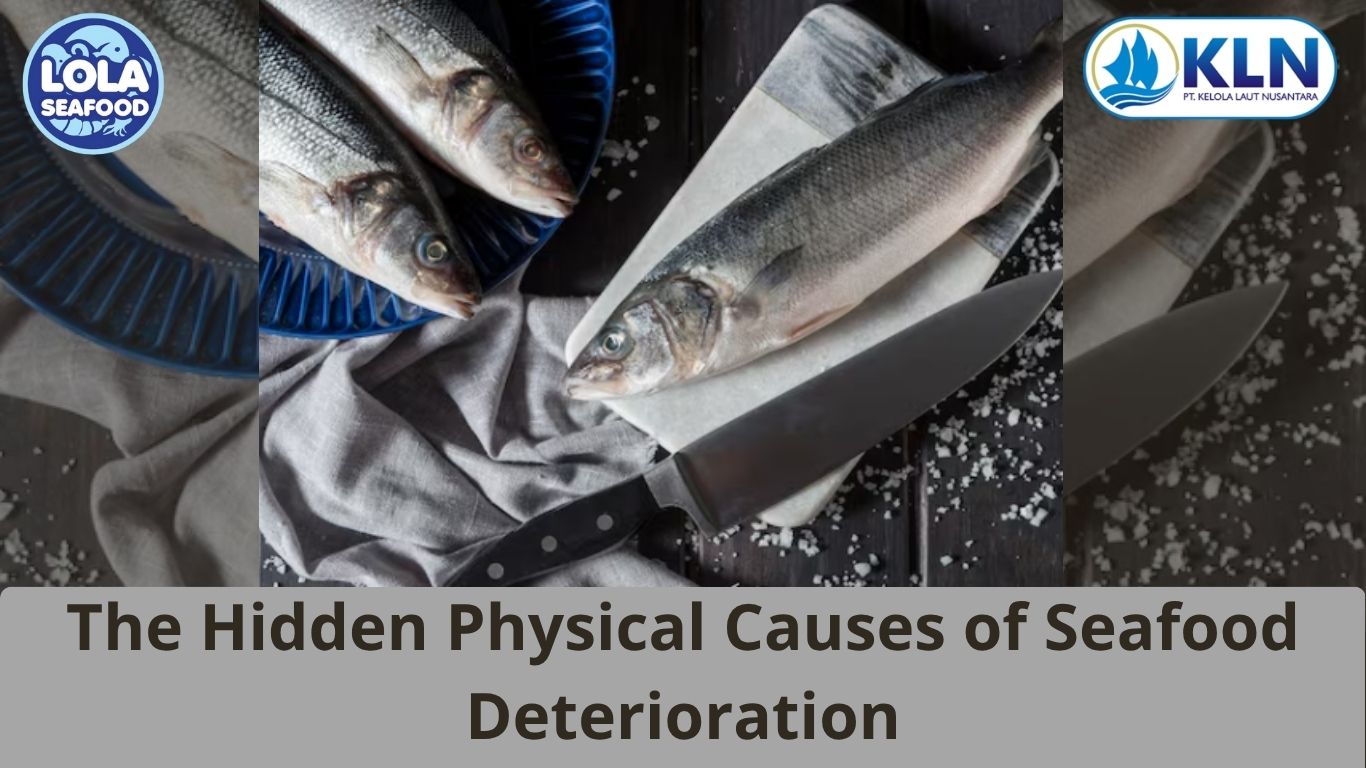
Kelolalaut.com Seafood is among the most delicate food products, highly valued for its freshness, nutritional content, and sensory qualities. However, it is also extremely perishable and vulnerable to spoilage if not handled properly. While microbial and chemical factors are widely studied in seafood deterioration, physical factors play an equally critical role in determining product quality and shelf life. These physical influences, often linked to handling, storage, and transportation, can accelerate spoilage processes and reduce consumer acceptance. Understanding the physical causes of seafood spoilage is therefore essential for processors, distributors, and retailers in maintaining high-quality products.
Temperature Abuse
One of the most significant physical factors causing seafood spoilage is temperature abuse. Seafood requires strict cold chain management to prevent microbial growth and biochemical reactions. When seafood is exposed to temperatures above the recommended range, even for short periods, spoilage processes accelerate.
- In fresh seafood, high temperatures encourage rapid bacterial multiplication, leading to off-odors, slime formation, and tissue breakdown.
- In frozen seafood, temperature fluctuations cause repeated thawing and refreezing, leading to ice crystal growth, tissue damage, and increased dehydration.
Maintaining consistent cold storage from harvest to retail is critical to slowing deterioration and ensuring food safety.
Mechanical Damage
Another common physical factor contributing to seafood spoilage is mechanical damage during handling, processing, and transportation. Seafood tissues are soft and fragile, making them highly susceptible to bruising, crushing, or tearing. Mechanical damage accelerates spoilage in several ways:
- Damaged tissue provides entry points for microbial contamination.
- Physical stress ruptures cell walls, releasing enzymes that promote biochemical deterioration.
- The appearance of bruised or broken products reduces consumer appeal, even before microbial spoilage occurs.
Improper handling, excessive pressure during packaging, or rough transportation can significantly lower product quality and market value.
Light Exposure
Although often overlooked, exposure to light can also contribute to physical spoilage of seafood. Light accelerates oxidative reactions, particularly in fatty fish species, leading to discoloration and rancid off-flavors. In addition, prolonged light exposure in retail display cases can cause surface drying and deterioration of appearance. Using proper packaging and minimizing direct light exposure during storage and retail presentation helps preserve product quality.
Improper Storage Practices
In addition to temperature and humidity, general storage conditions can physically influence seafood quality. Stacking seafood improperly can cause compression damage, while prolonged contact with contaminated surfaces can introduce spoilage agents. Inadequate separation between seafood species during storage may also lead to cross-contamination and accelerated spoilage. Ensuring hygienic, well-organized, and carefully monitored storage conditions is essential to minimize physical deterioration.
Extended Storage Time
Even under ideal conditions, extended storage periods are a physical factor that contribute to seafood spoilage. Over time, ice sublimation, slow enzymatic reactions, and physical stress accumulate, reducing texture and sensory quality. Frozen seafood stored for too long often develops dryness, toughness, and loss of natural flavor. Therefore, timely distribution and consumption are important to prevent spoilage associated with prolonged storage.
Combined Physical Effects
It is important to note that physical factors rarely act in isolation. For example, temperature fluctuations not only cause microbial activity to accelerate but also lead to dehydration and ice crystal formation. Similarly, mechanical damage combined with improper storage conditions can quickly render seafood unmarketable. The interaction of multiple physical factors creates compounded effects that shorten shelf life and increase post-harvest losses.
Physical factors such as temperature abuse, mechanical damage, dehydration, light exposure, improper storage, and extended storage times play a critical role in seafood spoilage. These conditions compromise texture, flavor, appearance, and overall freshness, even when microbial safety is not immediately at risk. Effective control measures—such as strict cold chain management, careful handling, protective packaging, and optimized storage systems—are essential to reduce physical damage and preserve seafood quality. By addressing these physical spoilage factors, the seafood industry can deliver products that meet consumer expectations for freshness and safety while minimizing economic losses.
If youre interested in our Corvina / Croaker / Jew Fish Whole Round / Whole Gilled Gutted Scaled , Corvina / Croaker / Jewfish Fillet Skin On and Corvina Fillet Skin Patch please do not hesitate to contact us through email and/or Whatsapp
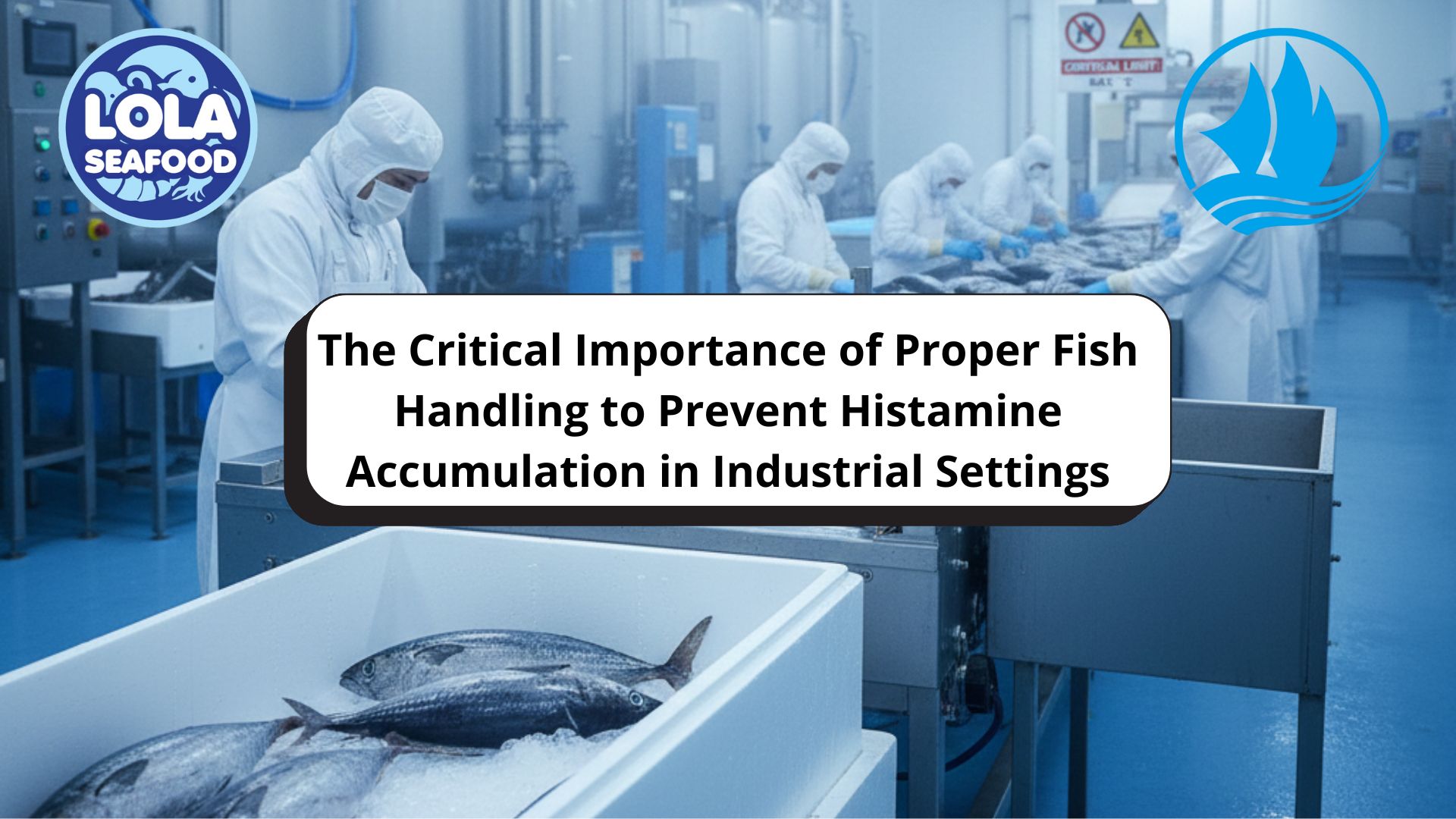
The Critical Importance of Proper Fish Handling to Prevent Histamine Accumulation in Industrial Settings
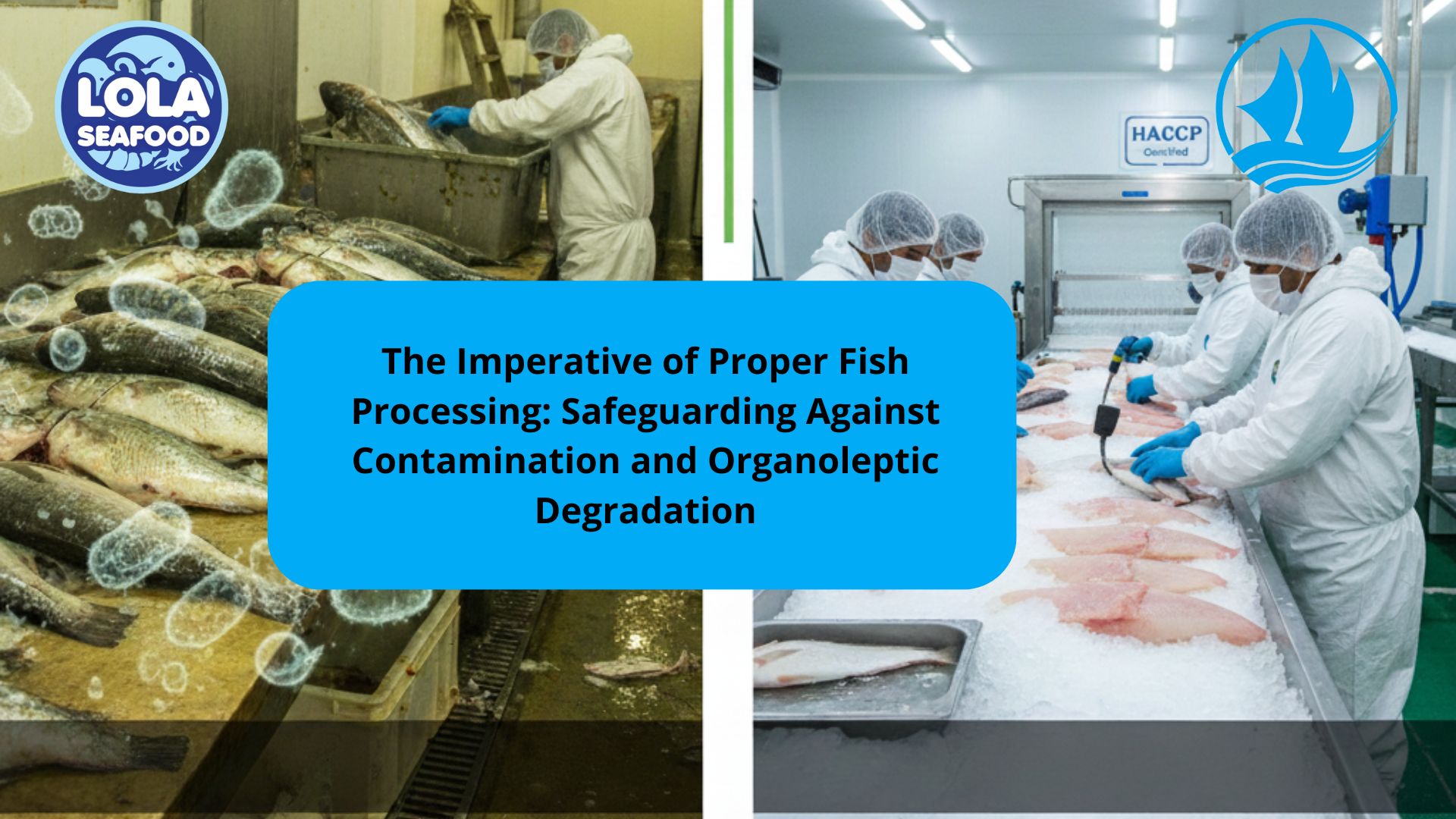
The Imperative of Proper Fish Processing: Safeguarding Against Contamination and Organoleptic Degradation
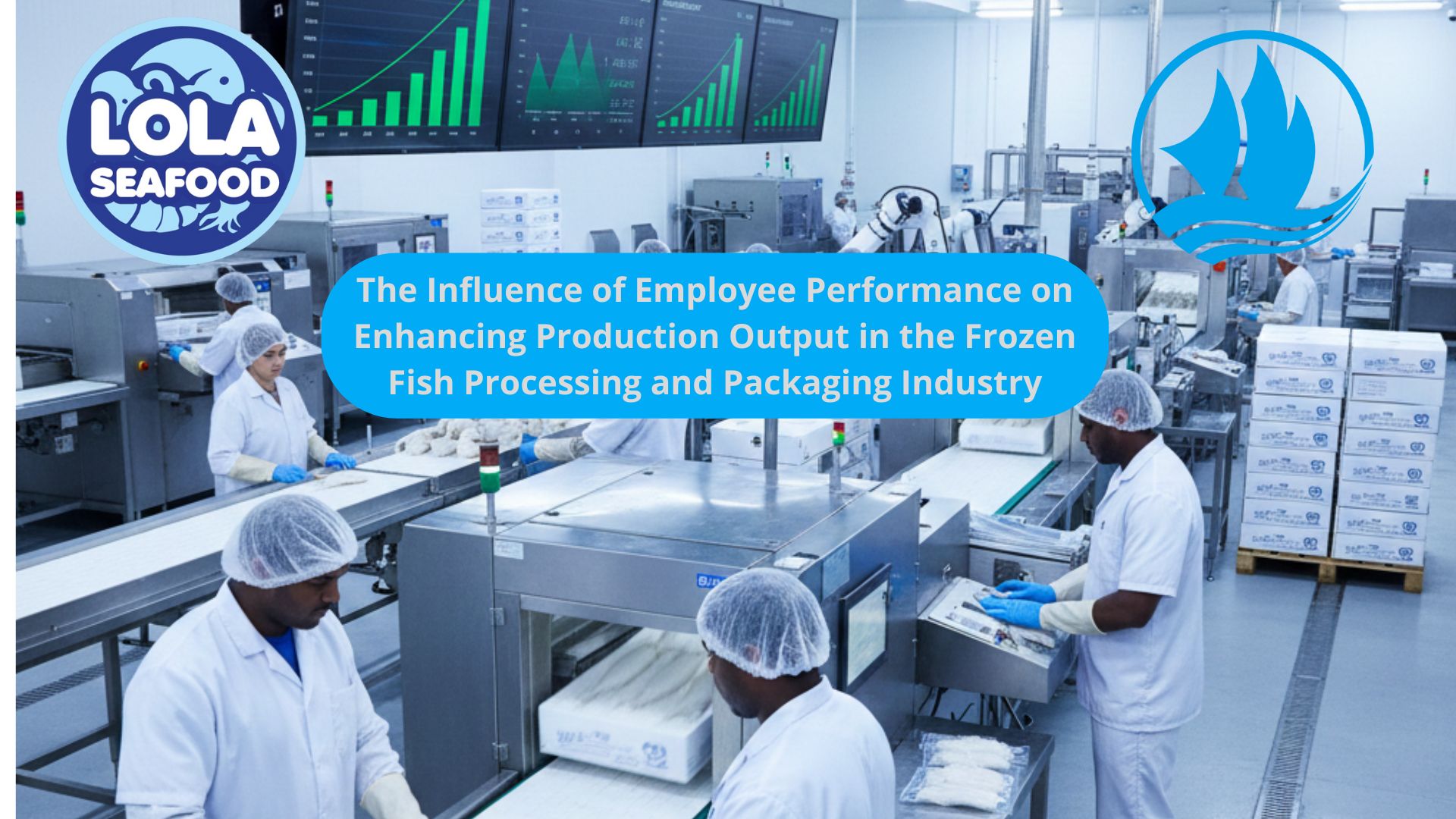

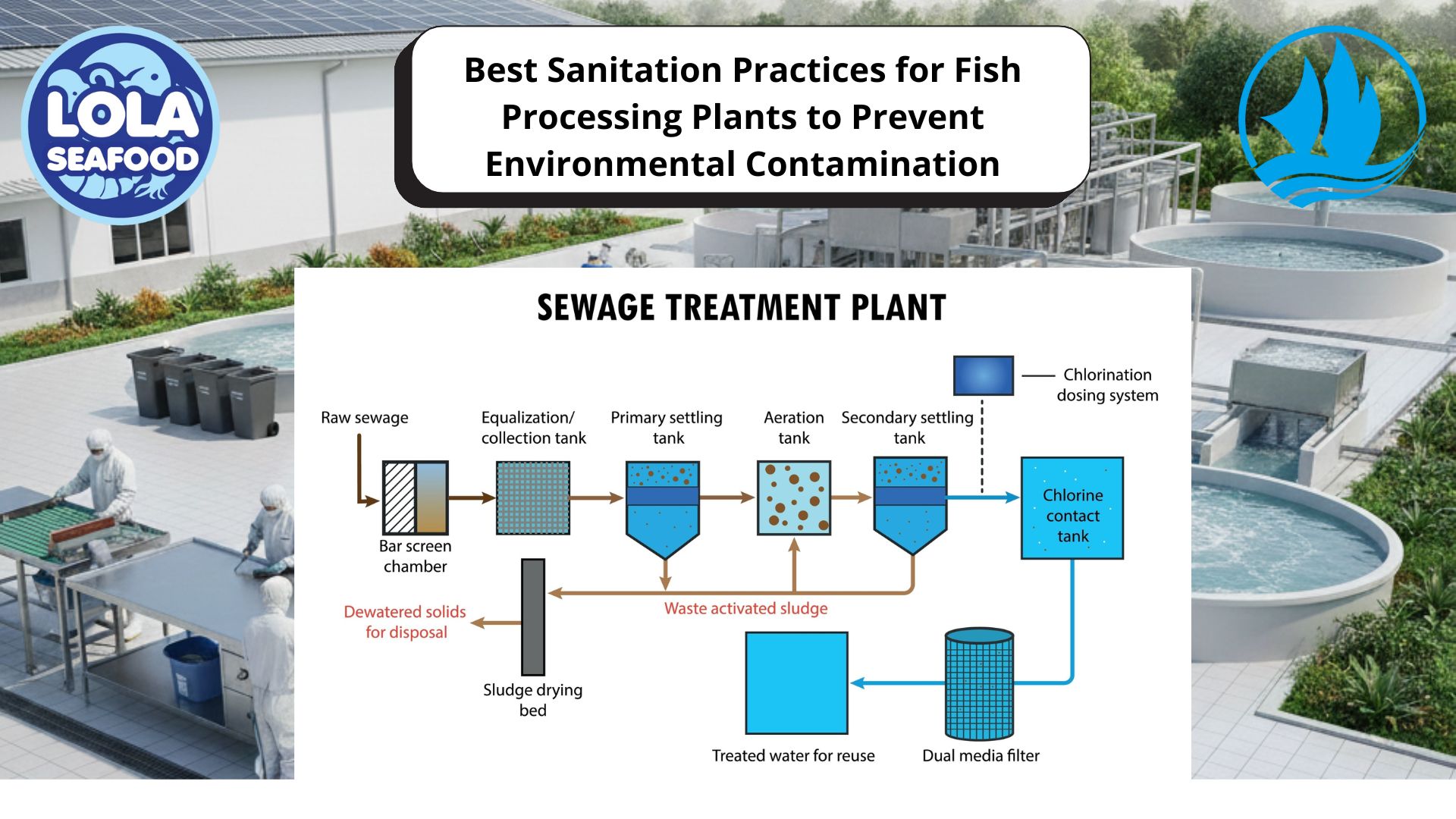

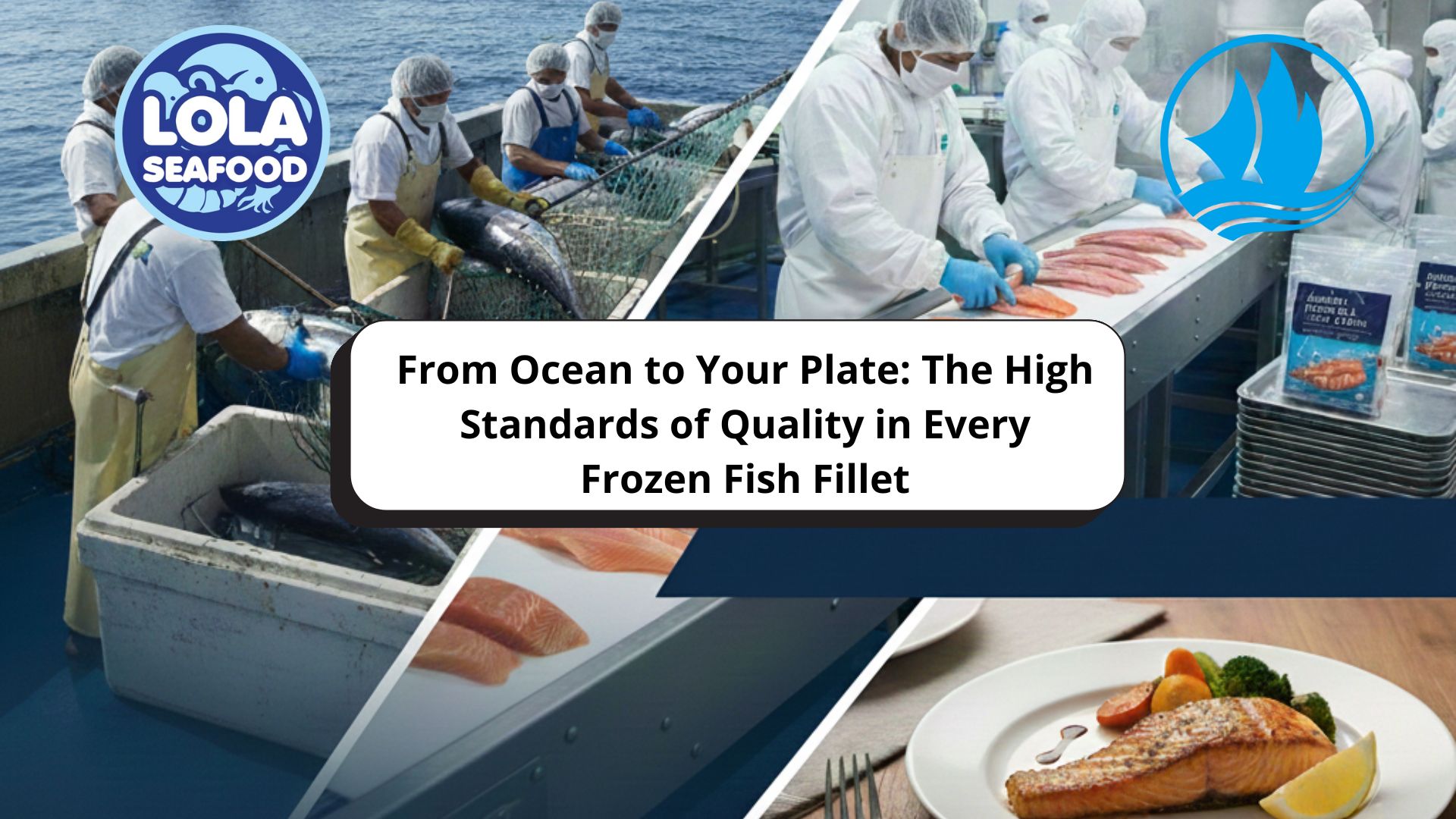

.jpg)